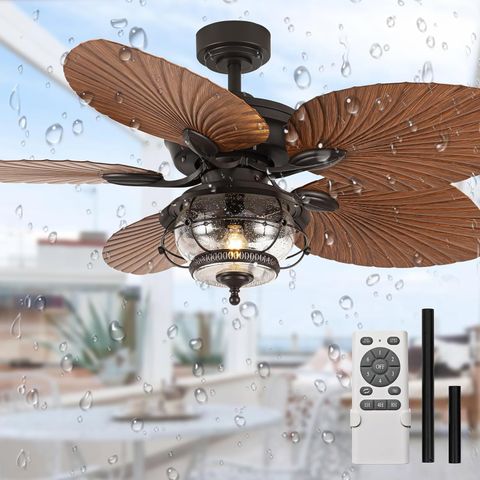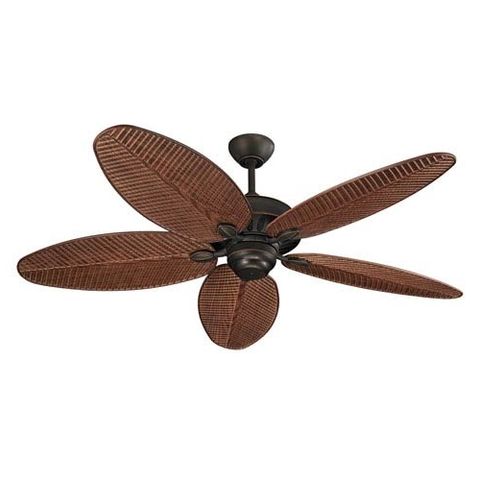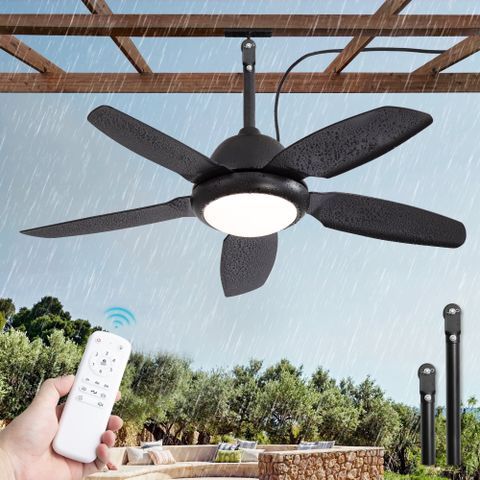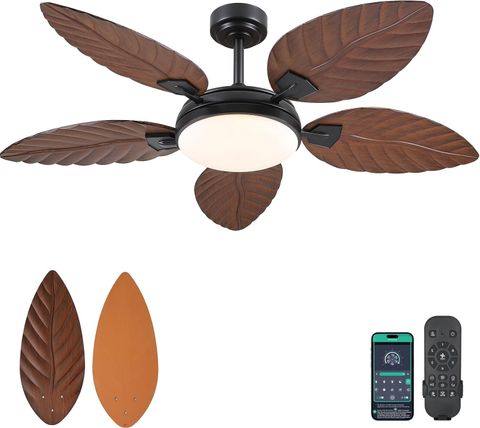Picture this: You’re relaxing on your tropical patio, the sun beats down, and the air is thick with humidity. The solution? A quality outdoor ceiling fan that can handle the elements while keeping you comfortable. But with so many options out there, how do you choose the right one for your tropical home? It’s not just about spinning blades and fancy designs. There’s a whole science behind selecting the perfect outdoor fan that will serve you well in your humid paradise.
Living in a tropical climate means embracing the heat, humidity, and those glorious sunny days that make life feel alive. But let’s face it, sometimes that heat gets a bit too much. That’s where outdoor ceiling fans come in. They’re not just decorative pieces – they’re practical solutions that can transform your outdoor spaces from uncomfortable to absolutely delightful. Whether you’re planning a new patio installation or replacing an old fan, understanding what makes a good outdoor ceiling fan is crucial. It’s not just about the size or style – it’s about durability, performance, and compatibility with your unique tropical environment.
Understanding Tropical Climate Challenges
Tropical homes face unique challenges that regular indoor fans simply can’t handle. High humidity levels, intense UV rays, and frequent rainfall mean your outdoor fan needs to be built tough. Think about it – your fan won’t just sit in a controlled indoor environment. It’ll be exposed to constant moisture, temperature fluctuations, and direct sunlight. These conditions can quickly degrade materials and compromise safety. The good news is that modern outdoor fans are engineered specifically for these conditions. Look for fans designed with marine-grade materials and weatherproof components. For instance, a fan meant for coastal areas might have stainless steel blades and corrosion-resistant motors. These features aren’t just nice-to-haves – they’re essential for longevity.
Key Features to Look For
When shopping for outdoor fans, focus on several critical features. First, check the rating system – look for IP ratings that indicate protection against water and dust. An IP65 rating means it can handle high-pressure water jets and is dust-tight. Next, consider motor type. Permanent split capacitor (PSC) motors offer consistent performance and are ideal for continuous operation. Brushless DC motors provide energy efficiency and better speed control. The blade pitch matters too – steeper angles move more air, but they also require more power. For example, a 14-inch blade with 15-degree pitch might be perfect for a small covered porch, while a 16-inch blade with 18-degree pitch works better for larger open-air spaces. Don’t forget about mounting hardware – ensure it’s rated for outdoor use and can support the fan’s weight.
Size and Mounting Considerations
Size isn’t just about aesthetics – it’s about airflow effectiveness. In tropical climates, you want fans that move enough air to create a cooling breeze without being overwhelming. A general rule of thumb is to measure your space and select accordingly. For a 10×10 foot area, a 42-inch fan works well. For larger spaces, consider 52-inch or even 56-inch models. The mounting height also matters. Most outdoor fans need at least 7 feet of clearance from the ground for safety. This becomes especially important when you’re dealing with tall ceilings or hanging furniture. Some fans come with adjustable mounting brackets, allowing flexibility for different ceiling heights. When it comes to mounting types, flush mount fans work great for low ceilings, while downrod mounts are better for higher spaces. Make sure to check if your existing electrical setup can accommodate the fan’s requirements.
Material Durability and Weather Resistance
The materials used in outdoor fans directly impact their lifespan and performance. Aluminum blades are popular because they resist rust and corrosion well, making them perfect for coastal areas. Plastic blades are lighter and often more affordable, but they may fade over time with constant UV exposure. Stainless steel components offer maximum durability, though they can be more expensive. Consider the finish too – brushed aluminum or powder-coated finishes not only look great but also protect against weather damage. Take a look at how manufacturers rate their products’ resistance to salt spray, humidity, and temperature extremes. For example, some brands specifically test their fans in simulated tropical conditions to ensure reliability. The investment in quality materials pays off in reduced maintenance and longer service life.
Energy Efficiency and Smart Features
Modern outdoor fans don’t just spin – they’re smart solutions for tropical comfort. Energy-efficient models can significantly reduce electricity costs, especially when running during peak heat hours. LED lighting integrated into fans provides ambient light while saving energy compared to traditional bulbs. Smart features like remote controls, smartphone apps, and timers add convenience and control. Some fans even integrate with home automation systems. Consider whether you want basic functionality or advanced features. A simple remote-controlled fan might suffice for casual use, while a smart fan with scheduling capabilities could be perfect for those who want precise control. Energy star certified fans typically consume less power while delivering equivalent performance. For instance, a 60-watt LED light bulb replaces a 100-watt incandescent bulb, providing similar brightness while using less energy.
Installation and Maintenance Tips
Proper installation sets the foundation for long-term performance. Hiring a qualified electrician is highly recommended, especially for complex installations or if you’re not familiar with electrical work. Many fans come with detailed instructions, but professional installation ensures everything is done correctly and safely. After installation, regular maintenance keeps your fan performing optimally. Clean blades every few months with mild soap and water, being careful not to damage finishes. Check for loose connections periodically and tighten as needed. Lubricate moving parts according to manufacturer guidelines. During hurricane season or heavy weather periods, consider removing or securing fans temporarily. Some manufacturers offer extended warranties for outdoor units, so make sure to read the terms carefully. Regular upkeep extends the life of your investment and prevents costly repairs.
Choosing the right outdoor ceiling fan for your tropical home is both an art and a science. It requires understanding your specific environment, your cooling needs, and the features that will stand up to the elements. Remember, the best fan isn’t necessarily the most expensive one – it’s the one that fits your lifestyle and climate perfectly. Whether you’re creating a cozy dining area under a covered porch or setting up a breezy backyard lounge, investing in quality outdoor fan will pay dividends in comfort and enjoyment. Take your time, research thoroughly, and consider factors like material, size, and features before making your choice. Your future self, lounging in that perfectly cooled outdoor space, will thank you for making the right decision today. The right fan transforms outdoor living from a challenge into a pleasure, bringing relief from the tropical heat while adding beauty to your home’s exterior.














